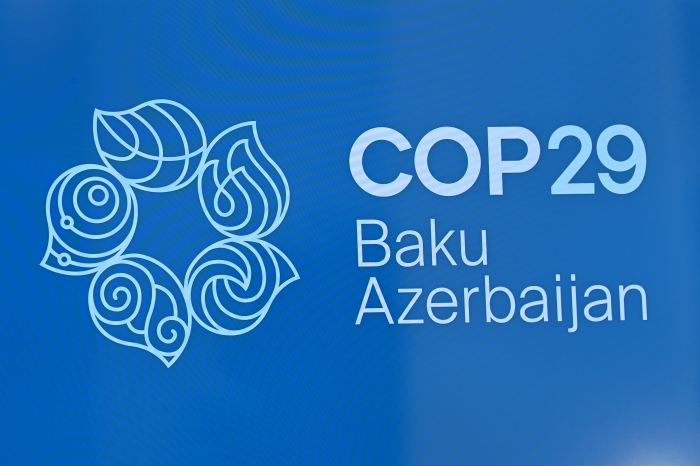Part 1 of 2 Parts
Nuclear’s share as part of the global energy mix has been falling for the past few decades, and incidents like the Fukushima disaster in 2011 highlighted for many the risks of the technology. Some countries started mothballing or shutting down nuclear power plants, and many new projects have been plagued by cost overruns and construction delays. However, in the past few years there has been a remarkable turnaround.
Countries are pledging to triple the production of nuclear power globally. Industry advocates are a growing presence at global climate summits. The International Atomic Energy Agency (IAEA) is a United Nations body that advocates for peaceful use of nuclear technology. It is forecasting substantial growth in the nuclear power sector over the coming decades.
Australia is heading into a federal election with the adoption of nuclear power at the center of the political contest. The Liberal-National Coalition (LNP) argues that Australia risks being left behind if it doesn’t get on board with nuclear power.
Others point out that while there is plenty of global interest in nuclear power and the as-yet unrealized promise of new technology such as small modular reactors (SMRs), there is a lot more money flowing into renewable energy sources, which are already transforming global energy grids.
The U.N. Climate Change Conference (COP29) climate summit held in Baku, Azerbaijan late last year was dedicated to climate financing. It was focused on finding the money needed to fund a massive global effort to tackle climate change.
COP29 made headlines for a few different reasons. One reason was that for the second year running, the global climate summit was being held in a country that derives most of its income from oil and gas. Last year’s climate summit was held in the UAE.
Another reason was the growing presence of nuclear power. Six more countries have signed a pledge to triple nuclear’s global production by 2050, taking the total number of countries on board to thirty-one.
These countries range from relatively small countries such as Moldova, to major Australian allies like Canada, Japan, the UK and US. All four of those larger countries have long-established nuclear power industries.
Nuclear power attracted plenty of attention at COP29, including headlines labelling it a “rising star” at the climate summit.
David Gillespie is the retiring Nationalist Party (NP) MP for the NSW North Coast seat of Lyne. He travelled to the summit (with some backing from Coalition-aligned environment group Coalition for Conservation). Gillespie has been one of nuclear power’s longest and loudest supporters in Australia, chairing the “parliamentary friends of nuclear industries”. He acknowledges that a large part of COP29 was devoted to renewable energy, and a lot of money and ambition is flowing into solar and wind. However, he said that the shift in thinking on nuclear power at a global scale was clear to see.
Gillespie said, “The world — and climate summits — for the first twenty-five years ignored nuclear. People have worked out, they realize for us to reduce our world’s requirement for fossil fuels, for industry, for running cities, for running sovereign energy systems that are not weather dependent — the way to go is nuclear. You build a fleet (of power plants), you don’t tip your toe around the edges.” He said the message he took from the climate summit was go nuclear, and go big. You do what France, and what Canada, and what America did in the 80s, you build a lot of them. And then you’ve got a grid that’s resilient and clean.”
Nuclear Reactors 1471 – Australian Political Parties Disagree About The Need For Nuclear Power – Part 1 of 2 Parts

Please read Part 2 next
